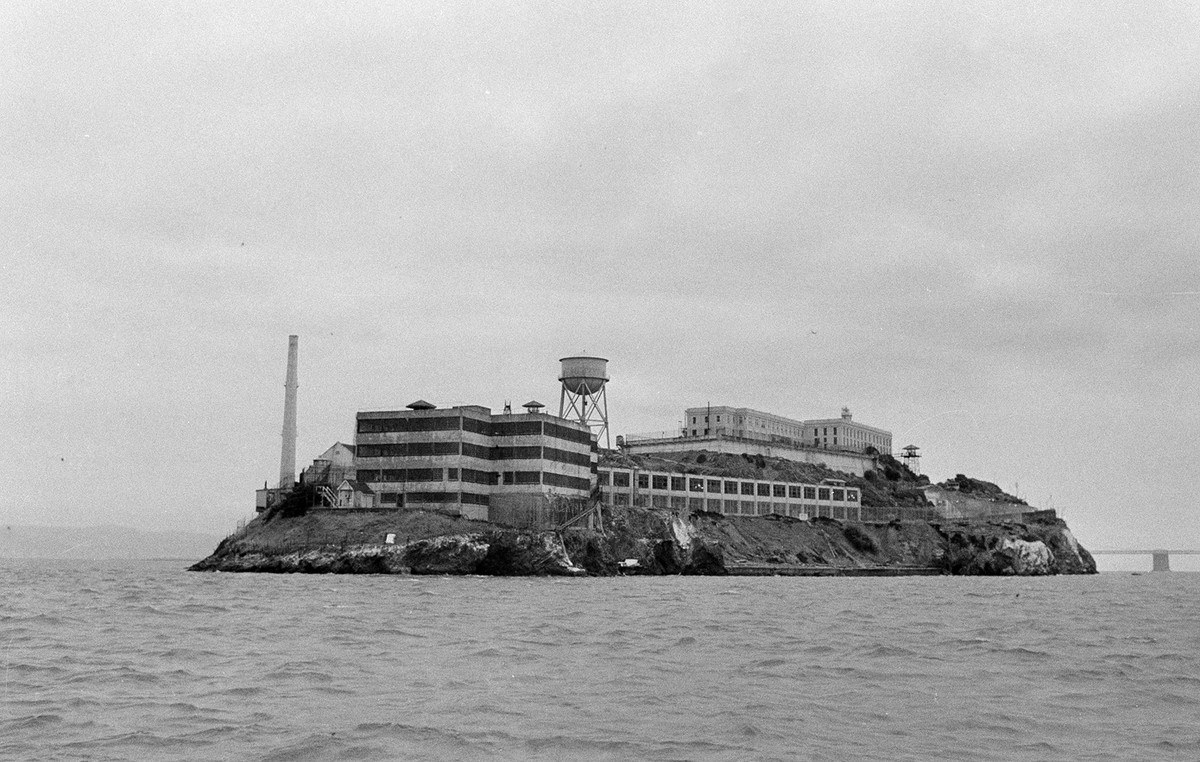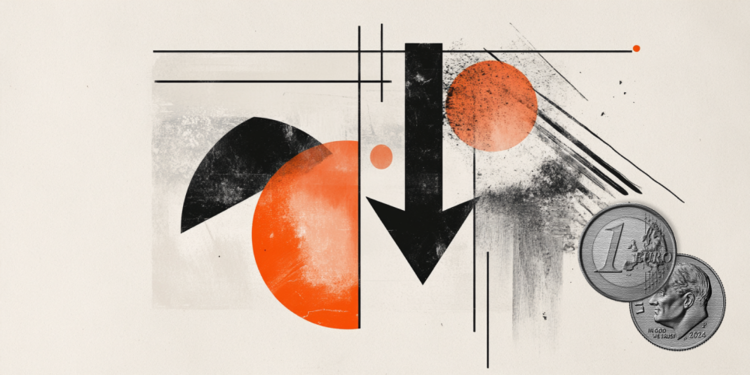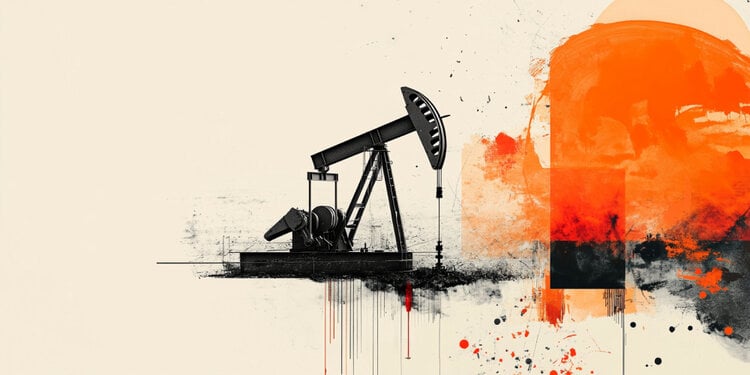The unexpected announcement of the dissolution of the so-called “morality police” in the Iran it was seen by many as a move towards his protesters unprecedented protest movement that has been rocking the country for over two and a half months, but human rights organizations warn that it does not bring about no change to the strict dress code imposed since 1983 on women living in the Islamic Republic.
On Saturday, Attorney General Mohammad Jafar Montazeri announced the abolition of the moral police, of a police force established in 2006 under the presidency of the ultra-conservative Mahmoud Ahmadinejad. His mission was to spread “the culture of modesty and hijab”.
The announcement was considered, as APE-MPE notes, a move towards the protesters who have been on the streets since mid-September andthe death of 22-year-old Mahsa Amini after she was arrested by the moral police. Nevertheless, the organizations doubt whether the announcement is correct, considering that it was rather an improvised answer to a question that was asked during a press conference.
They also consider that abolishing the morality police will not change anything about the obligation of women to wear the headscarf. It will simply mean finding other ways to enforce the dress bans imposed on Iranian women by the 1983 law.
The removal of these police units will likely be very limited and will come too late for the protesters, who are now calling for regime change, explains Roya Boroumand, one of the founders of the US-based Abdorrahman Boroumand Center.
“Unless they repeal all legal prohibitions on women’s clothing and laws intended to control citizens’ private lives. Otherwise, it will only be a transfer of responsibility from the moral police”, he says and adds that “nothing prevents other institutions from imposing the measures”.
The role of the morality police – Women are not allowed to wear shorts and tight pants
The attorney general’s statement and the confusion it caused were interpreted as a sign of concern by the regime, which is facing a wave of challenge that does not appear to be abating.
The crackdown has already caused 448 deathsaccording to the report of the non-governmental organization Iran Human Rights (IHR), based in Oslo.
Today, the newspapers of the reformist camp published the news on their front pages, while the media in the conservative camp ignored her.
“Is this the end of the patrols?” wonders the reformist Shargh newspaper, stressing that the weekend announcement has not been confirmed by the Iranian police’s public relations service.
“We should not be misled by the means used by the Islamic Republic in its time of desperation, because it may return with other bans,” warns Omid Memarian.
The headscarf remains compulsory, observes Sadi Sadr, one of the founders of the London-based organization Justice for Iran. Although the death of Mahsa Amini was the spark that started the protests, “Iranians will not give up before the regime falls.”
Source: News Beast
Bruce Belcher is a seasoned author with over 5 years of experience in world news. He writes for online news websites and provides in-depth analysis on the world stock market. Bruce is known for his insightful perspectives and commitment to keeping the public informed.







